Advancements in Automation Technologies
The Liquid Handling Technology Market is significantly influenced by advancements in automation technologies. The integration of robotics and automated systems into laboratory workflows has revolutionized liquid handling processes, enabling higher efficiency and reduced operational costs. Recent studies indicate that automated liquid handling systems can increase throughput by up to 50%, allowing laboratories to conduct more experiments in less time. This trend is particularly evident in high-throughput screening applications within drug discovery and development. As laboratories strive to enhance productivity and accuracy, the demand for sophisticated liquid handling solutions is expected to rise. The Liquid Handling Technology Market is likely to see continued investment in automation technologies, as organizations recognize the potential for improved performance and reduced labor costs.
Regulatory Compliance and Quality Assurance
The Liquid Handling Technology Market is increasingly shaped by the need for regulatory compliance and quality assurance in laboratory operations. As industries such as pharmaceuticals and biotechnology face stringent regulations, the demand for reliable liquid handling solutions that ensure compliance with quality standards is paramount. Laboratories are required to implement rigorous quality control measures, which often necessitate the use of advanced liquid handling technologies. Data indicates that the market for quality assurance solutions in laboratories is expected to grow significantly, driven by the need for accurate and reproducible results. Consequently, the Liquid Handling Technology Market is likely to see heightened demand for systems that facilitate compliance with regulatory requirements, thereby enhancing the overall quality of laboratory outputs.
Rising Demand for Precision in Laboratories
The Liquid Handling Technology Market is experiencing a notable surge in demand for precision and accuracy in laboratory processes. As research and development activities expand across various sectors, including pharmaceuticals and biotechnology, the need for reliable liquid handling solutions becomes paramount. According to recent data, the market for liquid handling technology is projected to grow at a compound annual growth rate of approximately 7.5% over the next five years. This growth is driven by the increasing complexity of experiments and the necessity for reproducibility in results. Laboratories are increasingly adopting automated liquid handling systems to minimize human error and enhance throughput. Consequently, the Liquid Handling Technology Market is poised to benefit from this trend, as organizations seek to optimize their workflows and ensure the integrity of their research outcomes.
Growing Focus on Biopharmaceutical Development
The Liquid Handling Technology Market is witnessing a growing focus on biopharmaceutical development, which is driving demand for advanced liquid handling solutions. As the biopharmaceutical sector expands, characterized by the development of biologics and personalized medicine, the need for precise liquid handling becomes increasingly critical. Data suggests that the biopharmaceutical market is expected to reach over USD 500 billion by 2026, creating substantial opportunities for liquid handling technology providers. Laboratories engaged in biopharmaceutical research require reliable and efficient liquid handling systems to manage complex workflows and ensure compliance with regulatory standards. This trend is likely to propel the Liquid Handling Technology Market forward, as companies seek to enhance their capabilities in this rapidly evolving field.
Increased Investment in Research and Development
The Liquid Handling Technology Market is benefiting from increased investment in research and development across various sectors. Governments and private organizations are allocating substantial resources to enhance scientific research, particularly in life sciences and healthcare. This trend is reflected in the rising number of research projects and clinical trials, which necessitate advanced liquid handling solutions to manage samples and reagents effectively. Recent reports indicate that global R&D spending is projected to exceed USD 2 trillion by 2025, underscoring the importance of liquid handling technology in supporting these initiatives. As laboratories seek to improve efficiency and accuracy in their research processes, the Liquid Handling Technology Market is likely to experience robust growth driven by this influx of investment.


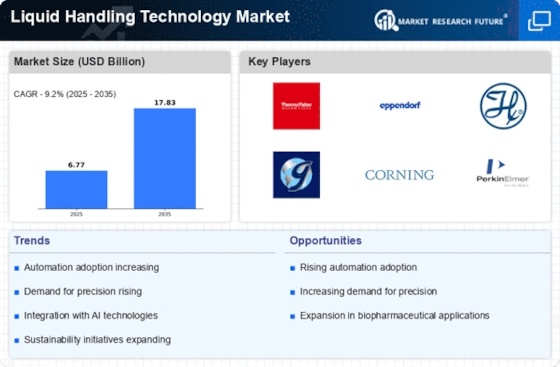
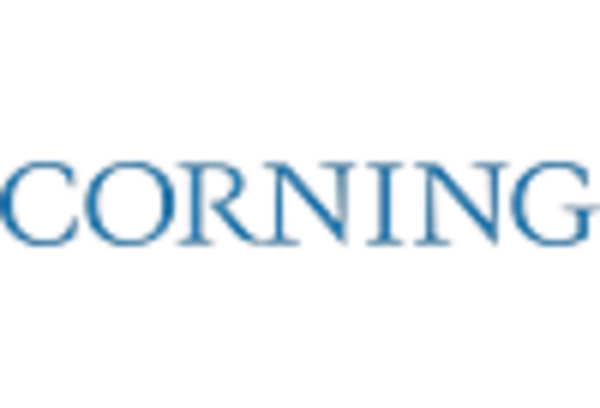
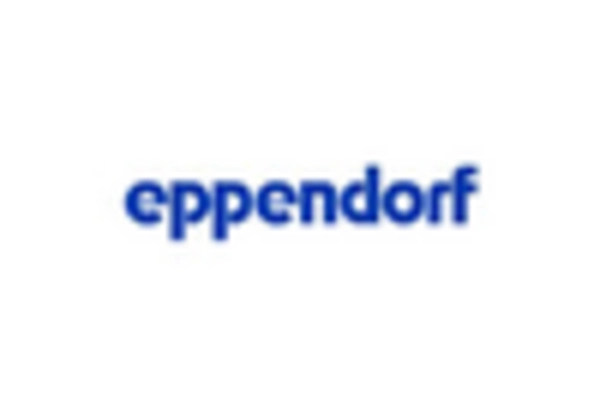

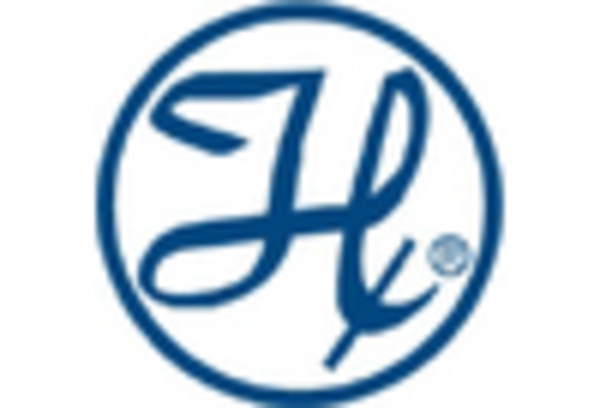
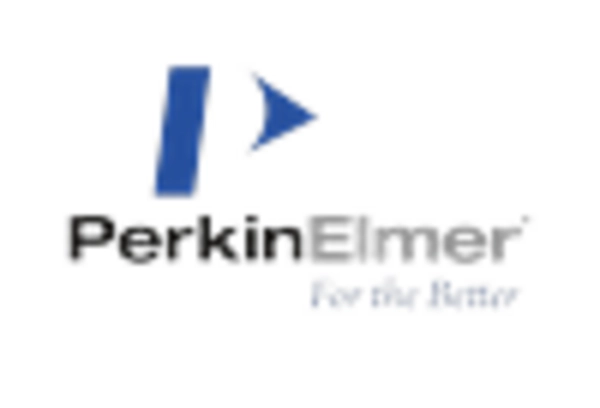









Leave a Comment